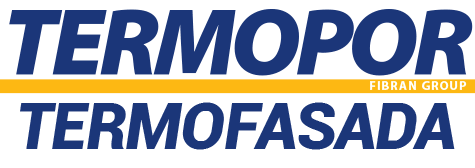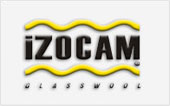Our products
Tips:
About us
IZOLMAK FIBRAN DOO is a private company which started operating on 13.02.1995.
In the period from 1995 until 2002 the company has been working exclusively with trade and distribution of thermal-insulating materials, and is representing the known manufacturers of insulating materials:
- IZOCAM, Istanbul, Turkey
- Izocam glasswool
- FIBRAN, Thessaloniki, Greece
- Geolan stonewool
- Fibran eco xps
In 2002, IZOLMAK FIBRAN DOO becomes a part of the FIBRAN SA Thessaloniki Company.
In 2003, IZOLMAK FIBRAN DOO in the factory located in Strumica establishes its own manufacturing facility for expanded polystyrene, a brand known as TERMOPOR.
Today, IZOLMAK FIBRAN DOO is one of the biggest manufacturers of EPS in the region. It has its own representatives in Skopje, Debar and in Shtip. It is also one of the biggest distributors of glass wool, stone wool and extruded polystyrene in Republic of Macedonia.



























